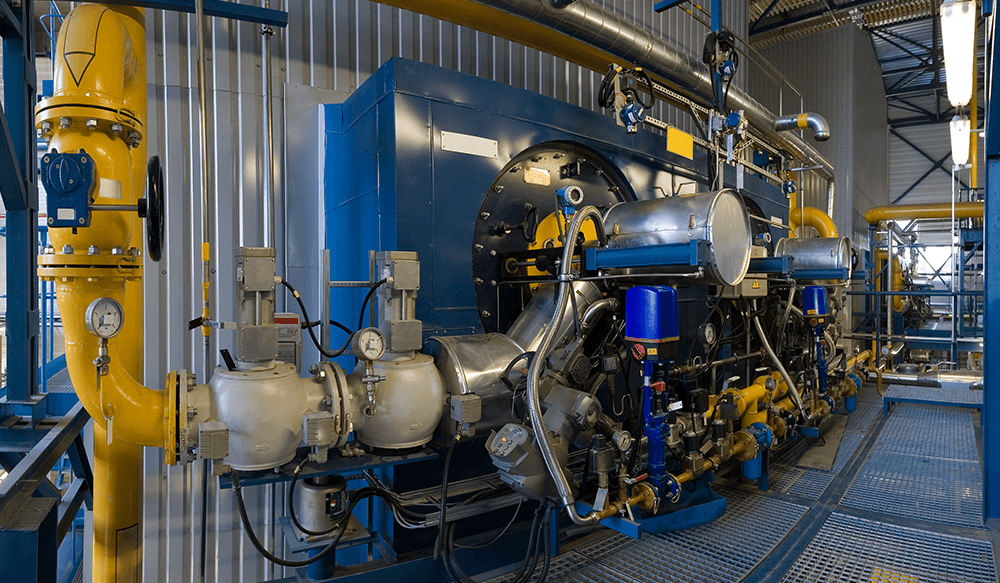
When you’re dealing with the stress of a large project, it is easy to rush through installation. But when it comes to installing pipe supports, being careless can have devastating effects on your system.
Want to learn how to avoid disasters and install your pipe supports the right way? Read on. We’ve highlighted the dangers of sloppy pipe support installation and laid out how you can keep your piping system running smoothly.
Why Is Precise Pipe Support Installation Important?
Unfortunately, if you don’t take extra care when you’re installing pipe supports, it can result in disaster. Take one pipeline accident that occured in 2013 in Alberta, Canada. When one of the pipeline’s elbow joints burst, it poured 16.5 million cubic metres of natural gas into the surrounding area.
The cause?
Sadly, the installation of the joint didn’t account for thermal expansion. Temperature changes in the pipes put extra pressure on the elbow. Ultimately, the joint burst, production shut down, and pipeline owners were left suffering the consequences.
This is just one instance when imprecise pipe support installation caused severe problems. Here are some common installation dangers to watch out for:
- Loose supports: If pipes appear to be sagging or bouncing, it could be a sign of loose supports. Loose supports and sagging pipes can cause pooling, pressure buildups, and ruptures.
- Stripping and breaks: When pipe supports aren’t installed properly, bolts may become stripped, causing the supports to come unhinged. This is dangerous in high-pressure systems because it can cause pipes to swing or slide into surrounding objects.
- Corrosion: In some instances, a hasty worker will install supports without corrosion protection or insulation between dissimilar metals. In turn, metals can set off galvanic corrosion, a corrosive electrochemical reaction. If the wrong dissimilar metals are paired up without a protective buffer, the metal can corrode and the pipe or support can give way.
What Are the Long-term Dangers of Improper Installation?
When pipe supports are improperly installed, it often doesn’t just affect a single support or section of piping. Here are some unfortunate potential consequences of sloppy pipe support installation:
- System damage
- System shutdowns
- On-site injuries or deaths
- Corrosion and higher long-term costs
- Loss of energy and reduced pipe performance
How to Avoid Problematic Installation
Even though there are steep consequences for poor pipe support installation, you can protect against them by taking a few preventative steps. Here are some ways to avoid problems as you’re installing supports:
1. Understand the Role of Individual Pipe Supports
If you want your pipe supports to perform, it is important to understand their overall purpose. That requires looking at your supports from a holistic perspective and following industry guidelines.
The best pipe supports don’t just stop disasters from happening. They also proactively strengthen your piping system. As you’re installing pipe supports, make sure they’re improving your system by playing a few key roles:
- Adding support: Pipe supports should be reinforcing your pipes. They should keep pipes from striking surrounding objects, bouncing on beams, and breaking.
- Reducing corrosion: Remember, the materials and layout of your pipe supports directly affect how exposed your system is to corrosion. Pipe supports should be equipped with insulation, include anti-corrosive properties, or be designed to keep metal from breaking down.
- Controlling movement: As pipes shift, they can scrape against hard surfaces and wear down. Pipe supports should help cushion the blow and protect against abrasions.
2. Focus on Your System’s Most Susceptible Points
By giving extra attention to your piping system’s most vulnerable points, you can help stop disasters before they happen. During installation, pay special attention to those spots in your piping system that are exposed to extra wear, corrosion, and pressure. Here are some especially vulnerable areas to consider:
- Piping joints
- Vertical piping runs
- High-vibration points
- Areas exposed to extra moisture or grime
- High-friction points
- Areas that are exposed to metal-to-metal contact
3. Identify Installation Problems Right Away
If there are installation problems plaguing your piping system, you can avoid disaster by identifying them right away. Here are some signs of poor pipe support installation:
- Sagging pipes
- Discoloration
- Increased noise
- Leaks
- Odors
If your piping system is displaying early warning signs, it is best to replace or adjust your supports before they break down altogether.
Install Pipe Supports with Confidence
By understanding how pipe supports work, you’ll have everything you need to install supports with confidence.
Want to learn how to control pipe movement and use restraints to improve your piping system’s performance? Read our Complete Guide to Pipe Restraints for an in-depth look at pipe supports, including tips on installation.






